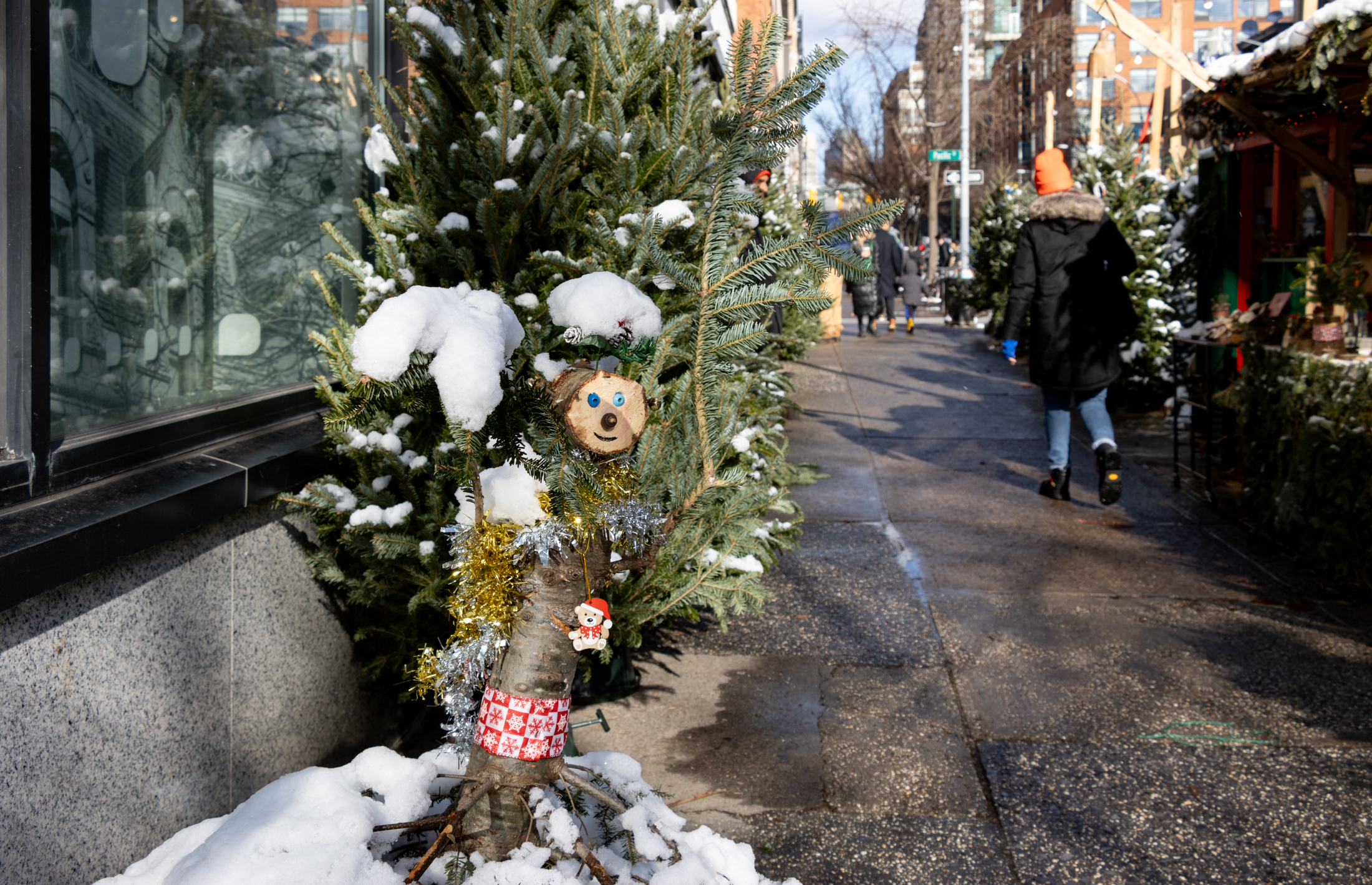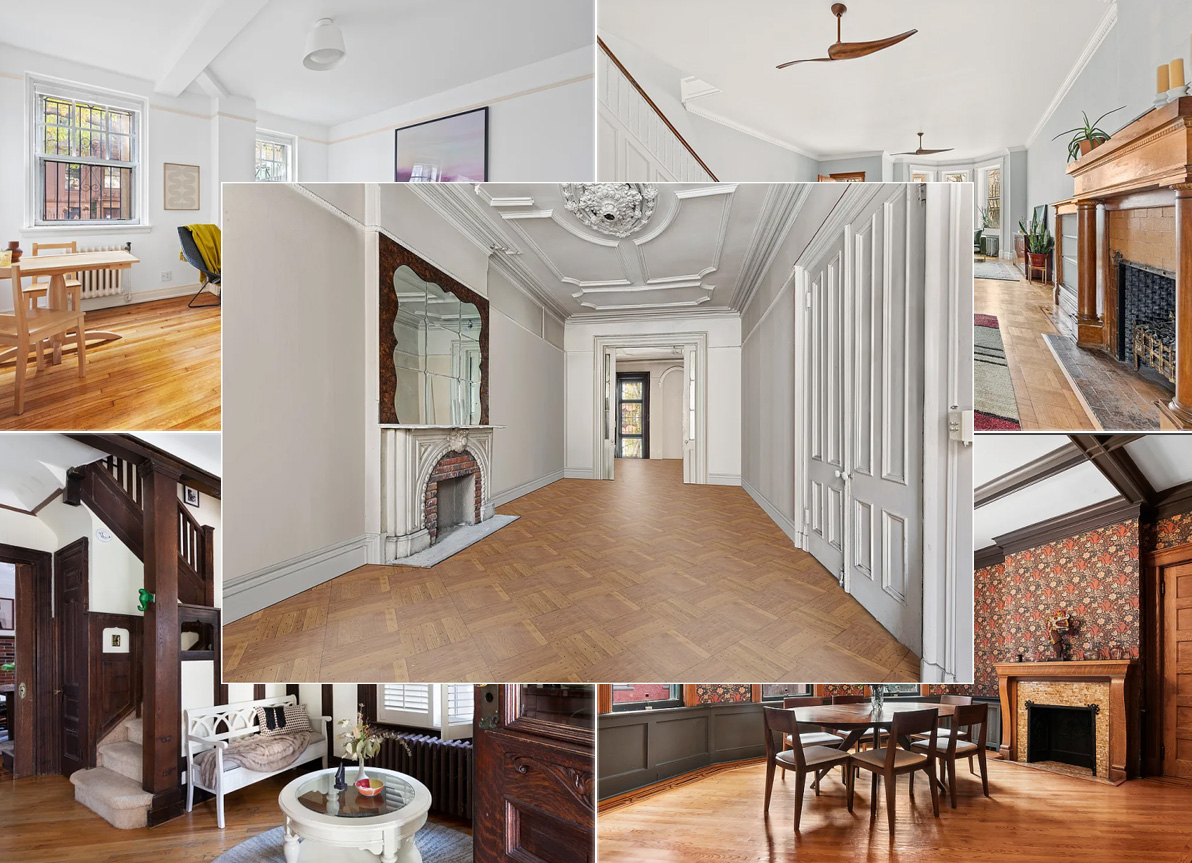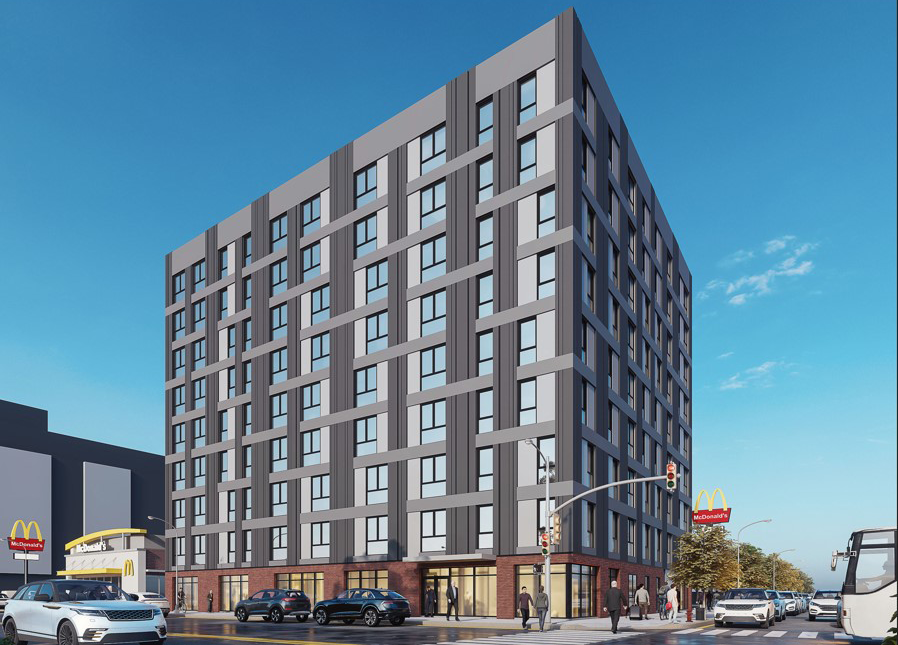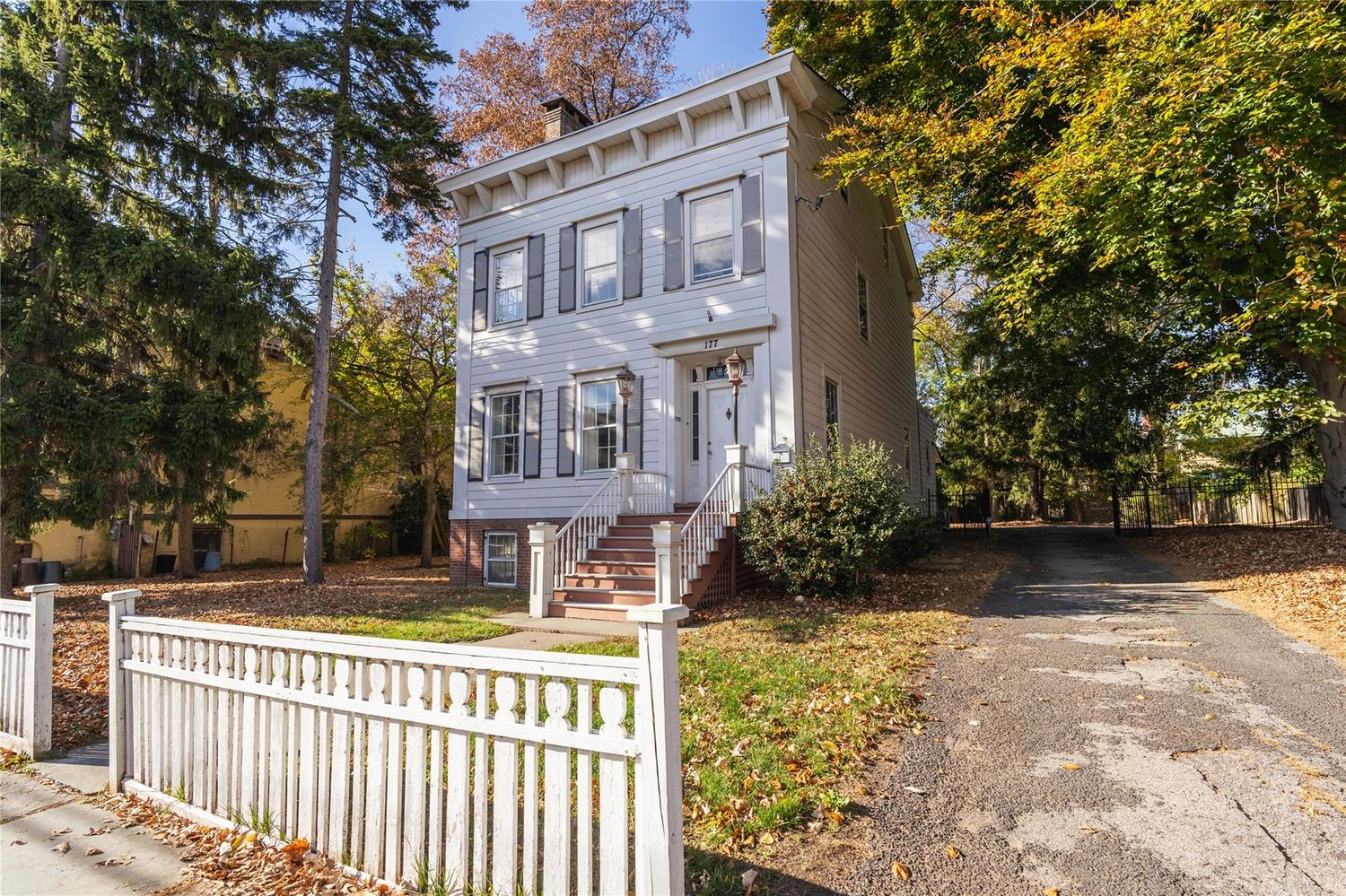Looking Back at Walt's Brooklyn
For the Brooklyn history buffs out there, there’s a new site dedicated to the life and times of Walt Whitman when he lived in Brooklyn called, fittingly, Whitman’s Brooklyn. “The 1850sthe decade that saw the first publication of Leaves of Grasswas arguably the pinnacle of Brooklyn’s rise as a great American city, with a uniquely…


For the Brooklyn history buffs out there, there’s a new site dedicated to the life and times of Walt Whitman when he lived in Brooklyn called, fittingly, Whitman’s Brooklyn. “The 1850sthe decade that saw the first publication of Leaves of Grasswas arguably the pinnacle of Brooklyn’s rise as a great American city, with a uniquely modern mix of cultural diversity, industrial might, and progressive thought”, writes the site’s founder, Russell Granger. “Henry Ward Beecher had recently established his immensely influential pulpit at Plymouth Church. Multiple ethnicities were living side-by-side with greater ease than anywhere else in the country. And the rate of sheer physical progress outpaced any other city in the nation.” One of the early posts we’re digging is about the former St. Ann’s Church that used to stand in now-Dumbo on Washington and Sands Streets. Turns out old Walt attended Sunday school here. This church was torn down in 1880; its current incarnation is now on Montague Street in Brooklyn Heights.









I just found this site last night, and it is marvelous. The fellow doing it is brainy, quirky, literate, and passionate about Walt and Brooklyn–a great idea, can’t believe no one’s done it before!
I like how the developer shills are equating the importance of their lamebrain generica with the brooklyn bridge. An insight into their self-importnace.
Lovely post. I’d enjoy seeing more historical items like this.
When you walk west on Fulton St near Cumberland (just by the little park on Greene Ave), the road dips down. There’s a view of downtown Brooklyn in the distance and, in the foreground, some nicely restored old Victorian storefronts. It always conjures images of 19th century Brooklyn for me. It’s easy to imagine Walt Whitman strolling down the same street.
Restoring the ground floor level of commercial buildings to something more historically appropriate is one of the best ways to create a streetscape with charm and character. You can see the same effect on a couple of blocks of Atlantic Ave around Nevins and Bond. I wish it was more common in brownstone Brooklyn.
plymouthchurch.org
Can you imagine that the Brooklyn Bridge was built without consulting the “community”?? Why they didn’t even obtain the approval of the Community Board!!!!
Where was their cultural sensitivity???
The ultimate outrage about this Bridge, however, was its effect on the ferry operators,who had been long-term integral members of the “community”. Brooklyn was never the same.
Benson
that bridge was so out-of-context. Must have been corrupt commish to approve. I think Scarano’s grandfather was Roebling.
Exactly – which made it all the more easier for the NIMBY’s to come over a wreck everything Walt and I worked so hard to build.
The Guest
The church was torn down to build the Brooklyn Bridge.